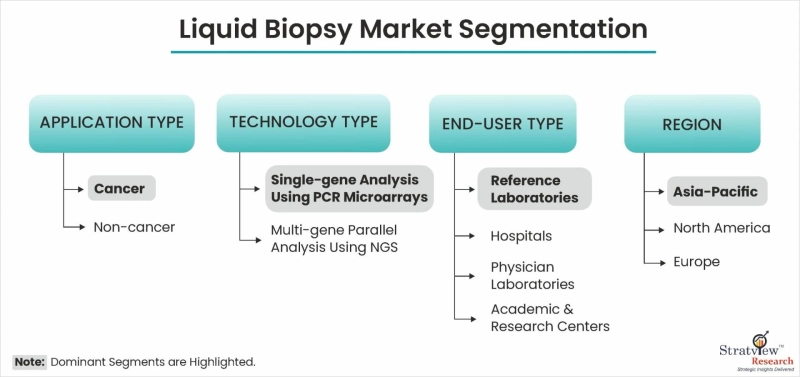According to Stratview Research, the liquid biopsy market was estimated at USD 2.83 billion in 2022 and is likely to grow at a CAGR of 17.99% during 2023-2028 to reach USD 7.64 billion in 2028.
The field of medical diagnostics is experiencing a revolutionary shift, with liquid biopsy emerging as a powerful tool in the realm of precision medicine. In this comprehensive guide, we embark on a journey through the waves of the liquid biopsy market, exploring its origins, current landscape, and the promising future it holds for the field of healthcare.
Understanding Liquid Biopsy:
Traditional diagnostic methods often involve invasive procedures, but liquid biopsy provides a non-invasive alternative that analyzes various biomarkers present in bodily fluids such as blood, urine, or saliva. This groundbreaking approach holds immense potential for early cancer detection, monitoring treatment effectiveness, and tailoring therapies based on individual genetic profiles.
Current Market Landscape:
The liquid biopsy market has witnessed significant growth in recent years, driven by advancements in genomic research, improvements in technology, and increasing demand for personalized medicine. Major players in the healthcare industry are investing heavily in research and development to enhance the sensitivity and specificity of liquid biopsy tests, making them more reliable and applicable across a broader spectrum of diseases.
Applications in Oncology:
One of the primary areas of focus for liquid biopsy is oncology. The ability to detect circulating tumor DNA (ctDNA) or other cancer-related biomarkers in the bloodstream allows for early cancer detection, monitoring of treatment response, and identification of minimal residual disease. This has the potential to revolutionize cancer care by enabling more timely interventions and personalized treatment plans.
Challenges and Opportunities:
While the liquid biopsy market holds immense promise, it is not without its challenges. Standardization of procedures, regulatory approvals, and the need for larger clinical validation studies are some hurdles that the industry must overcome. However, these challenges also present opportunities for collaboration between researchers, clinicians, and industry stakeholders to drive innovation and establish best practices.
Future Prospects:
As technology continues to evolve, the liquid biopsy market is poised for further growth. The integration of artificial intelligence and machine learning into data analysis processes promises to enhance the accuracy and efficiency of liquid biopsy tests. Additionally, expanding applications beyond oncology, such as in infectious diseases and autoimmune disorders, could open new frontiers for this transformative technology.
Conclusion:
In conclusion, navigating the waves of the liquid biopsy market requires an understanding of its foundations, current state, and future potential. As we ride this tide of innovation, the promise of more accessible, personalized, and non-invasive diagnostic solutions comes into view. The journey may be challenging, but the destination—a healthcare landscape transformed by liquid biopsy—is one worth exploring.


